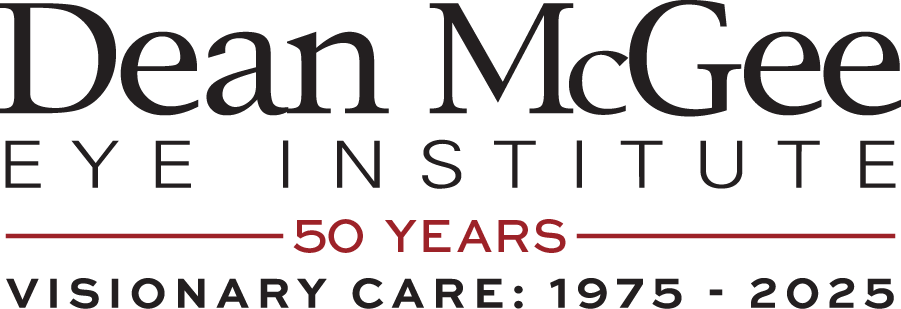
DMEI resident Ashley Ooms, MD, explores gray area strabismus surgery complications in AUPO poster

Ooms' poster at the Association of University Professors of Ophthalmology annual meeting highlighted a study on gray area complications in strabismus surgery, showing that trainees are more likely than attendings to disclose these complications despite having similar baseline anxiety levels. Ooms is a PGY-4 ophthalmology resident at the Dean McGee Eye Institute.
Ophthalmology resident Ashley Ooms, MD, PGY-4, at the Dean McGee Eye Institute/University of Oklahoma Department of Ophthalmology, Oklahoma City, presented research updates in a poster1 titled ‘Trainee perspectives on gray area surgical complications of strabismus surgery’ at the Association of University Professors of Ophthalmology (AUPO) 59th Annual Meeting, held in Fort Lauderdale, Florida, from January 29 to February 1, 2025.
Gray area complications in strabismus surgery are a nuanced topic, as highlighted in a recent study exploring how trainees and attending physicians approach them. The study sought to understand these perspectives by surveying 151 attendings and 32 trainees via AUPO, American Association for Pediatric Ophthalmology and Strabismus (AAPOS), and North American Neuro-Ophthalmology Society (NANOS) listservs. Respondents evaluated 11 scenarios using Likert scales to gauge their likelihood of gray area surgical complications causing postoperative problems, disclosure to patients, and inclusion in operative reports. Notably, trainees were significantly more likely than attendings to believe that gray area complications could lead to postoperative issues, and they were more inclined to disclose such events to patients and document them.
Interestingly, despite these differences, baseline anxiety levels regarding gray area complications were similar between trainees and attendings, Ooms noted. One hypothesis is that trainees lack the extensive experience of attendings, limiting their exposure to long-term outcomes. “We’re only on rotations five, maybe 10 weeks at a time, so we don’t get to see how these complications are managed for the full time.”
The implications are significant for surgical education. “This is a topic that probably needs more investigation,” with the ultimate goal of creating clearer guidelines. As Ooms noted, “Hopefully we can use this data to help make our trainees better strabismus surgeons for the future.”
Future research, including a planned presentation during AAPOS, which will be held March 5 to 9 in Salt Lake City, Utah, will focus on cases with inconsistent management practices, aiming to establish guidelines for addressing gray area complications. Ultimately, these efforts aim to enhance the training of future strabismus surgeons.
Ooms also spoke with enthusiasm for the pediatric ophthalmology specialty, valuing its diverse challenges and the joy of working with children.
Reference
Ooms A, Blakley M, Szymanski M, Melson A, Yanovitch T. Trainee perspectives on gray area surgical complications of strabismus surgery. Poster presented at: Association of University Professors of Ophthalmology 59th Annual Meeting; January 29–February 1, 2025; Fort Lauderdale, Florida.
Newsletter
Don’t miss out—get Ophthalmology Times updates on the latest clinical advancements and expert interviews, straight to your inbox.





